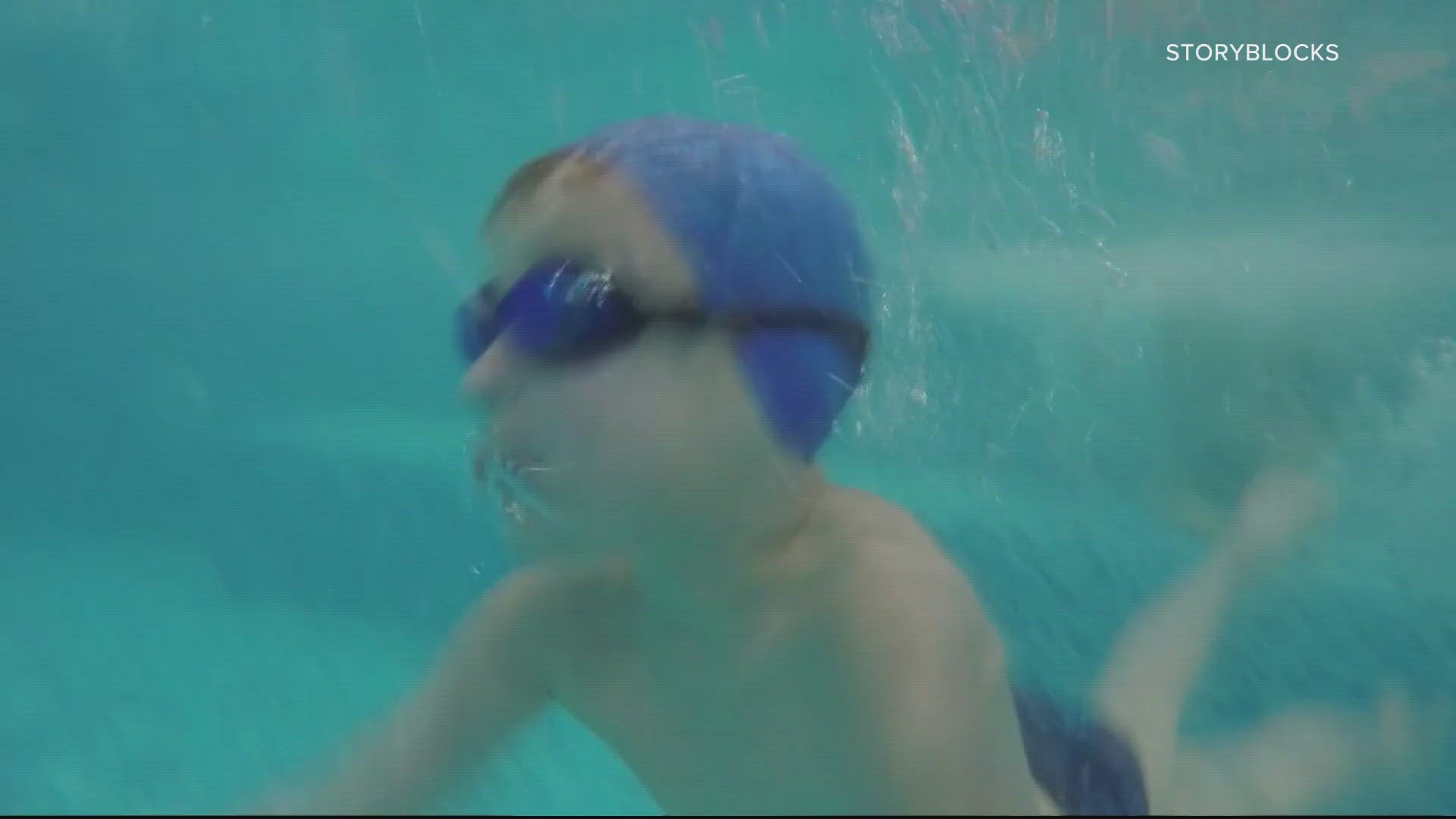WASHINGTON — With summer heat setting in, people in the DMV are finding any opportunity to cool off. Jumping in the water is a great way to escape the heat. Every parent and grandparent wants to keep their children safe when they go for a swim, so it is not surprising each summer to see discussions online about the fear of “dry drowning.”
QUESTION
Is dry drowning a real medical diagnosis?
SOURCES
ANSWER
No, dry drowning is not an actual medical diagnosis.
WHAT WE FOUND
According to our sources, people use the term “dry drowning” to describe when a swimmer’s airways become inflamed after swallowing or inhaling water, sometimes even days later. According to an article in the Cleveland Clinic Journal of Medicine, the idea gained traction in 2017 when a young boy was said to have died of it a week after getting in the ocean.
Doctors say that if you swallow or inhale water while swimming, symptoms can develop a few hours later. Those symptoms include fatigue, shortness of breath, coughing and chest pains.
But Dr. James Chamberlain, an emergency medicine physician at Children’s National Hospital, says if they do not develop within 12 hours, they probably will not.
And for those rare cases like the death of the boy in 2017, our sources say other underlying medical concerns were also to blame.
Another reason for confusion is that the most accepted definition of drowning, created after a conference of the World Drowning Congress in 2002, includes events are fatal, non-fatal, and non-fatal with injury. Any "primary respiratory impairment due to submersion or immersion in liquid medium" qualifies, which could include some instances that might be described as dry drowning.
While dry drowning may not be much of a concern, health experts warn that drowning remains a serious concern.
The CDC reports that drowning is the leading cause of death in children aged 1-4 and the second-leading cause of unintentional injury death for children aged 5-14. Approximately 4,000 people die from drowning each year in the U.S. and 8,000 people need treatment in the emergency room for non-fatal drownings.

